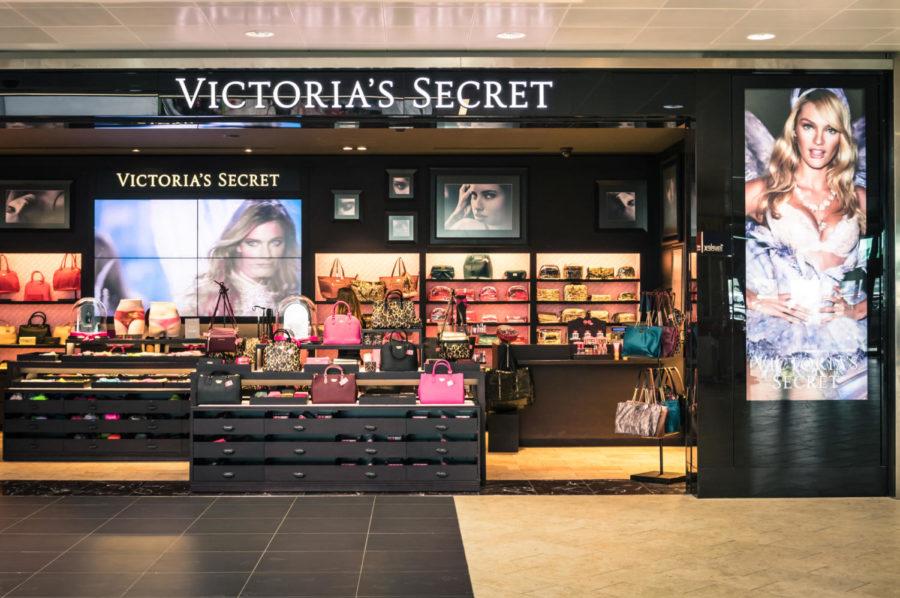Spanbauer: Stop shopping at Victoria’s Secret
On Black Friday, Victoria’s Secret is a popular retail store shoppers visit for holiday season deals. Elisa Espinoza, junior and former sales associate for the store, said working long hours during this time is stressful.
November 25, 2018
It’s almost that time of year again. No, I’m not talking about the fast-approaching holiday season; I’m talking about the Victoria’s Secret Fashion Show. Set to air on Dec. 2, the show will feature 60 supermodels — all tall and skinny with legs for days.
Yet, before it’s even aired, the brand and show have received negative feedback.
On the night the show was recorded for television, Ed Razek, chief marketing officer for American fashion retail company L Brands, spoke with Vogue magazine about the changes, or lack thereof, that the show has undergone and defended his failing brand. In attempts to salvage the face of Victoria’s Secret, Razek claimed that despite falling stocks and decreased revenue, Victoria’s Secret will continue to be a non-inclusive company.
“We attempted to do a television special for plus-sizes [in 2000]. No one had any interest in it, still don’t,” Razek said in Vogue, after also commenting of the lack of desire the company has in casting a trans model.
While many new lingerie brands, such as Fenty X Savage, have opened the fashion industry’s doors as to who and what types of bodies can walk the runway, Victoria’s Secret continues to cast unrealistically slender and aggressively fit models. While we should praise the women who walk the shows for working hard to earn their physique, the bottom line is that they are not representative of the diversity of women.
Yet, the question remains: who is the Victoria’s Secret Fashion Show for? Women don’t want to sit on the couch and watch Size Zero models prance around in six-inch heels and wings. Women want to see all shapes, sizes, colors and identities being included as ‘sexy,’ not being made to feel less than for not having 6-pack abs.
However, Victoria’s Secret continues to ignore consumers, lose its sex appeal and sustain their image of women, specially catered to the male gaze.
I distinctly remember my first time walking into a Victoria’s Secret store at a young age, already anxious about having to buy bras and being so incredibly overwhelmed by mass amounts of pink-colored decor and the word ‘sexy’ labeled everywhere. Bra shopping has never been my favorite thing, I think most women will agree with me, and Victoria’s Secret’s hyper-sexualized and limited view of female sexuality doesn’t make it any easier.
We are now in an age where people want to see themselves represented by brands and will no longer buy into unrealistic depictions of how we’re supposed to look. Yes, companies like Victoria’s Secret are allowed to market their own specific image, no matter how outdated and simple it may be, yet, as consumers we have the buying power to hurt these companies where it matters.
If Victoria’s Secret wants to keep up with it’s competitors, they need to become more inclusive. If we as buyers want companies that actually care about how their image affects consumers, we need to stop supporting brands like Victoria’s Secret.

















